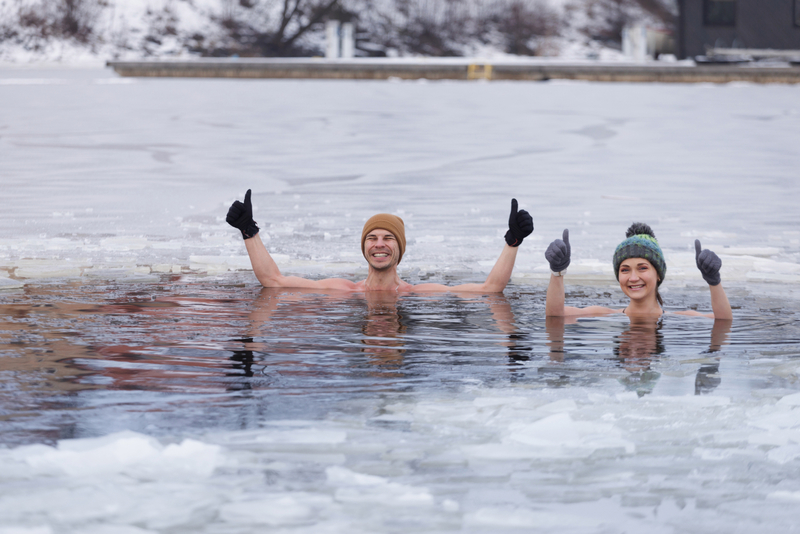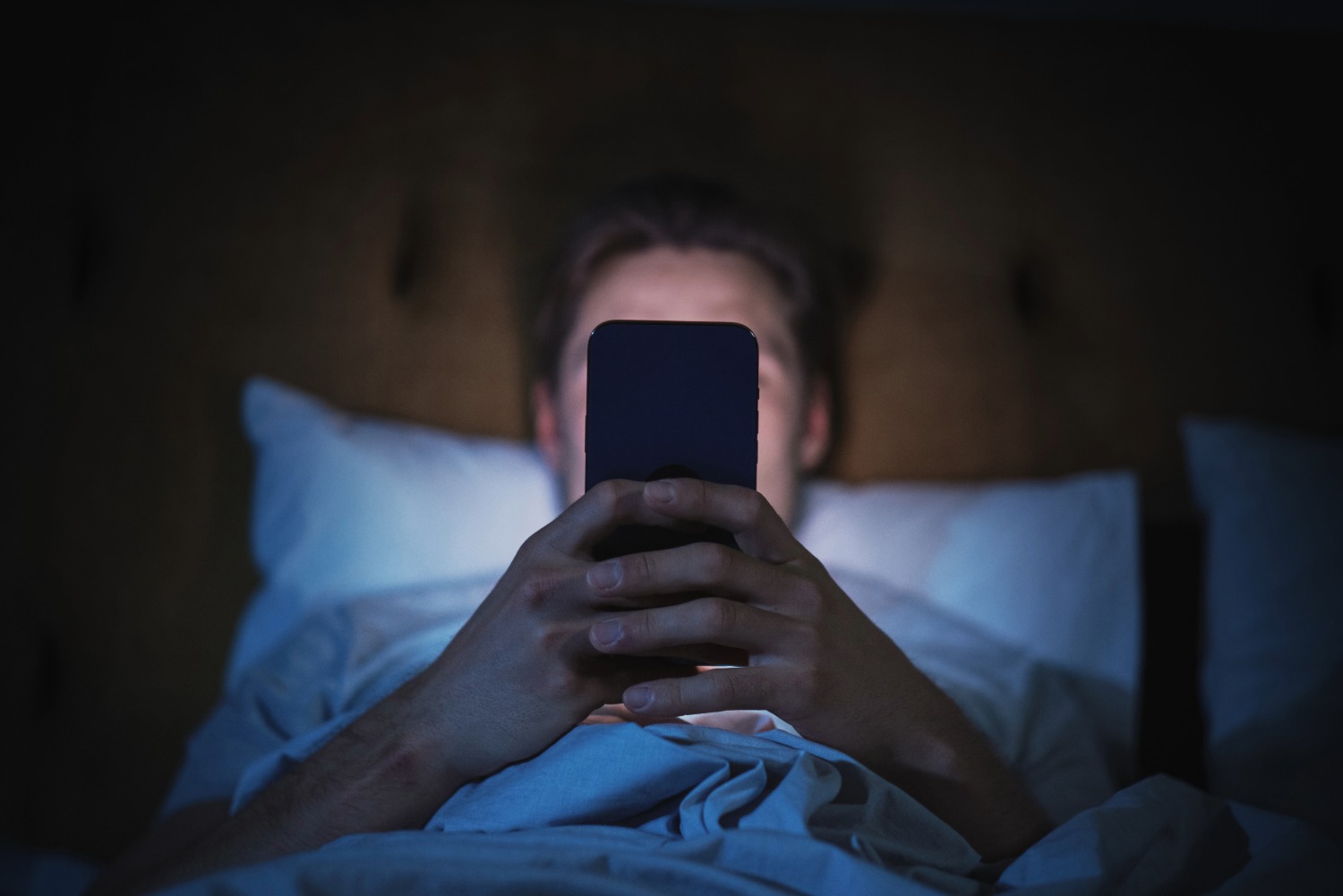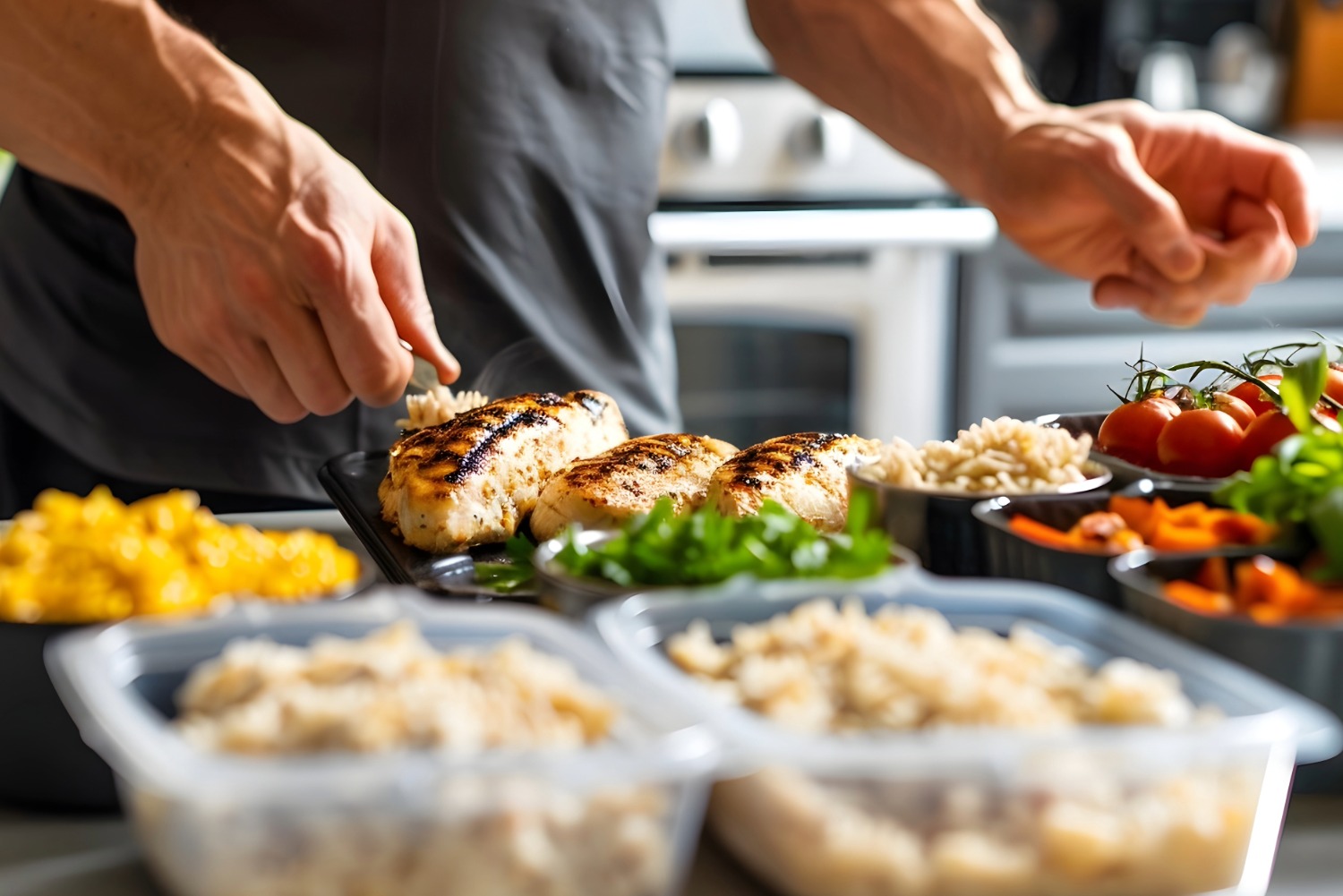News
The Invigorating Science Behind Cold Plunge and Its Surprising Health Benefits

In the pursuit of optimal health and well-being, individuals are increasingly turning to unconventional wellness practices. One such practice gaining popularity is the cold plunge, an invigorating ritual that involves immersing oneself in icy-cold water for a short duration. While it may seem daunting at first, the science behind cold plunges reveals a myriad of benefits for both the body and mind.
The human body responds to cold exposure through a series of physiological changes aimed at maintaining core temperature. When submerged in cold water, blood vessels constrict, diverting blood flow away from the extremities to preserve heat in vital organs. This vasoconstriction triggers the body's "cold shock response," leading to an initial gasp for air and an accelerated heart rate.
As the body adapts to the cold, a second phase called the "cold acclimatization response" occurs. During this phase, the body increases the production of brown adipose tissue, commonly known as brown fat. Unlike white fat, which stores energy, brown fat burns calories to generate heat, aiding in weight management.
The benefits of cold plunge are similar to sauna; they include:
1. Improved Circulation:
Cold plunges promote better blood circulation by encouraging the constriction and subsequent dilation of blood vessels. This enhanced circulation can contribute to cardiovascular health and may reduce the risk of certain cardiovascular diseases.
2. Enhanced Recovery:
Athletes and fitness enthusiasts often turn to cold plunges to expedite recovery after intense physical activity. The cold water helps reduce inflammation, muscle soreness, and swelling, facilitating a faster recovery process.
3. Boosted Immune Function:
Regular exposure to cold water has been linked to an increase in immune system activity. Cold plunges may stimulate the production of immune cells and enhance the body's ability to ward off infections.
4. Mental Well-being:
Cold exposure triggers the release of endorphins, often referred to as "feel-good" hormones. This can lead to improved mood, reduced stress, and heightened mental alertness. Cold plunges are also associated with increased resilience to stress over time.
5. Weight Management:
The activation of brown fat during cold exposure can contribute to calorie burning and weight management. While not a substitute for a healthy diet and exercise, cold plunges may complement weight loss efforts.
6. Improved Sleep Quality:
The drop in body temperature induced by a cold plunge can mimic the natural temperature decline that occurs before sleep. This may promote better sleep quality and help individuals struggling with insomnia or sleep disturbances.
Here are some guidelines on how to safely do a cold plunge:
1. Consult with a Healthcare Professional:
Before starting any cold exposure routine, especially if you have pre-existing health conditions, it's essential to consult with a healthcare professional. Individuals with cardiovascular issues or other medical concerns may need specific guidance to ensure the practice is safe for them.
2. Start Gradually:
If you're new to cold exposure, start with shorter durations and less intense cold temperatures. Begin with a quick cold shower or a shorter plunge in cool water before progressing to longer sessions or colder temperatures.
3. Choose the Right Location:
Select a safe and controlled environment for your cold plunge. If possible, use a designated cold plunge pool or a natural body of water with clear, clean water. Ensure you have easy access to warm clothing or a warm environment after the plunge.
4. Be Mindful of Temperature:
Pay attention to the temperature of the water. Extremely cold water can pose risks such as hypothermia. The recommended temperature for cold plunges is typically between 50 to 59 degrees Fahrenheit (10 to 15 degrees Celsius).
5. Stay Hydrated:
Cold exposure can increase the body's metabolic rate and fluid loss. It's important to stay hydrated before and after a cold plunge. Dehydration can make it more challenging for the body to regulate temperature.
6. Listen to Your Body:
Pay close attention to how your body responds during and after the cold plunge. If you experience discomfort, dizziness, or any concerning symptoms, exit the cold water immediately. Individuals with conditions like Raynaud's disease or cold urticaria should be particularly cautious.
7. Warm Up Gradually:
After the cold plunge, warm up gradually. Use warm clothing, blankets, or a heated environment to help your body return to a comfortable temperature. Avoid exposing yourself to additional cold conditions immediately afterward.
8. Breathing Techniques:
Practice controlled breathing during the cold plunge. Slow, deep breaths can help your body adjust to the cold and reduce the initial shock response. Focus on calm, steady breathing to help manage the stress response.
9. Consider Professional Supervision:
If you're uncertain about your ability to safely engage in cold exposure, consider seeking guidance from a certified cold exposure coach or instructor. They can provide proper techniques, supervision, and advice tailored to your individual needs.
Incorporating cold plunges into your routine can be a transformative experience, providing a range of physical and mental health benefits. As with any wellness practice, it's essential to approach cold plunges gradually, allowing your body to acclimate over time. Whether you're seeking improved circulation, faster recovery, or a natural mood boost, the science behind cold plunges suggests that taking the plunge may be well worth the chill. So, dare to embrace the cold, and let the invigorating journey to enhanced well-being begin.
Want to Learn More?
If you are interested in learning more about the science behind thermal stress, check out this informative talk given as part of the Vail Health Behavioral Health Innovation Center Lecture Series by Rhonda Patrick, PhD, a co-founder of FoundMyFitness. She uncovers the science behind and physiological benefits of both heat and cold exposure. It’s worth the listen!
Looking to level up your lifestyle and longevity?
Join Vail Health in beautiful Costa Rica for a life-changing retreat focused on wellness, physical fitness, nutrition and behavioral health. Guided by your own personal goals and evidence-based research, our experts will lead participants through a one-of-a-kind, integrative adventure towards a healthier, more fulfilling life. Retreats are offered in June and October.LEARN MORE >
More News
-
New!
More

Screening Secrets: What Every Man Should Know About Prostate Cancer Screening
Prostate cancer is the most common type of non-skin related cancer in men, and it is the second leading cause of cancer-related deaths in men within the United States, behind lung cancer. Fortunately, if caught early, prostate cancer remains highly treatable and curable with minimally invasive procedures.
-
New!
More

Unplug to Recharge: Why a Digital Detox Is the Real Power Move for 2026
Our phones promise connection, convenience and control, yet most of us feel more scattered, stressed and sleepless than ever. The constant pings, scrolls and notifications have rewired our brains for distraction. The fix? Not abandoning technology altogether, but reclaiming balance.
-
New!
More

Beyond the Scale: Why Nutrition and Exercise Work Better Together
For decades, weight loss advice has been distilled into a simple equation: calories in, calories out. Eat less, maybe combine that with exercise, and the pounds will fall away. But according to experts at Vail Health, that equation overlooks a much bigger picture.





